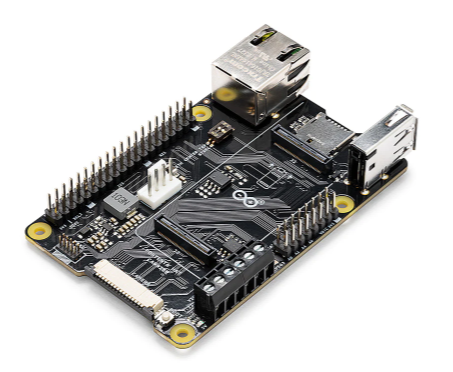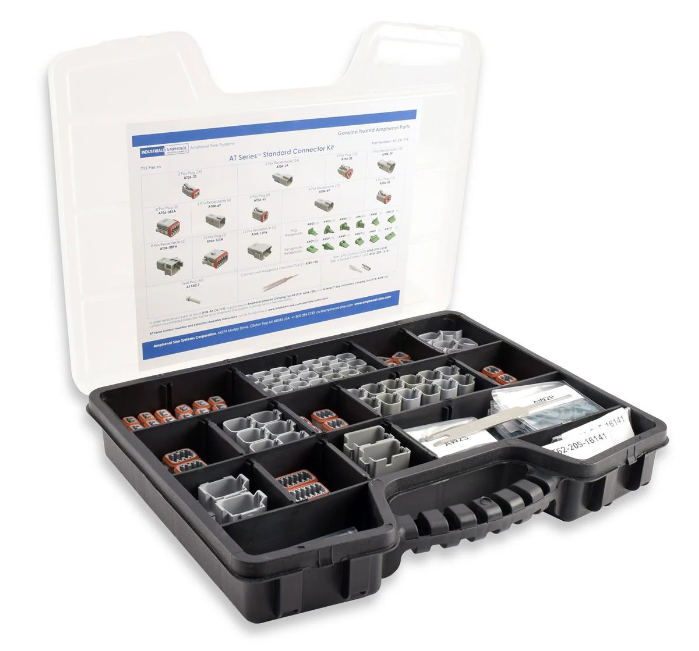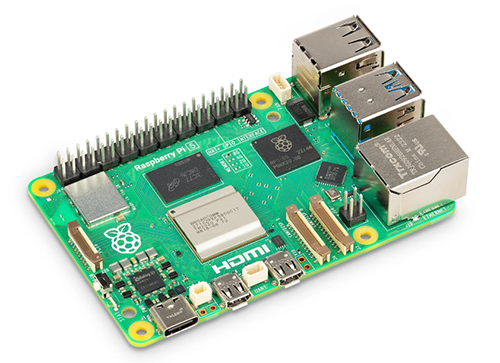 Aerospace & Defence
Aerospace & Defence
Human activity may affect space weather
Our Cold War history is now offering scientists a chance to better understand the complex space system that surrounds us. Space weather - which can include changes in Earth's magnetic environment - are usually triggered by the sun's activity, but recently declassified data on high-altitude nuclear explosion tests have provided a look at the mechansisms that set off perturbations in that magnetic system.
FADO: tool reconstructs the history of galaxies
FADO is a new analysis tool developed by Instituto de Astrofísica e Ciências do Espaço (IA) astronomers Jean Michel Gomes and Polychronis Papaderos, which uses light emitted by both stars and ionised gas in a galaxy to reconstruct its formation history by means of genetic algorithms. This tool was presented in a recent article, accepted for publication in the journal Astronomy & Astrophysics.
AX J1910.7+0917 found to be the slowest X-ray pulsar
European astronomers have found that an X-ray pulsar designated AX J1910.7+0917 has the slowest spin period among other objects in this class. The research team, led by Lara Sidoli of the National Institute for Astrophysics and Space Physics (INAF) in Milan, Italy, presented the new findings in a paper published on arXiv.org. X-ray pulsars are sources displaying strict periodic variations in X-ray intensity, consisting of a magnetised n...
Increased investment wins new business in space sector
Hi-rel connector and SMT board hardware manufacturer, Harwin, has announced that increased investment in its Salem, New Hampshire cable assembly facility is winning new business in the demanding and highly specialised space and avionics sector. At its US site, Harwin’s cabling capabilities include building to customer datasheet, prototyping, and electrical and mechanical testing of both cable and wire harnesses and coaxial cable assemblies.
Morgan Advanced Materials and Airbus collaboration reaches new heights
Morgan Advanced Materials has partnered with global aerospace giant ASL (Airbus Safran Launchers) to develop and manufacture ceramic thruster chambers to aid satellite propulsion using ion beam engines. The products are being developed using Morgan’s proprietary high performance alumina materials, which are proven to deliver exceptional electrical properties.
Stainless steel wireless load links available ex-stock
LCM Systems has announced the launch of their new WLL range of wireless load monitoring links, designed primarily for marine and offshore applications. Incorporating many new features, these stainless steel load links are one of the most innovative available on the market, with IP67 environmental sealing, 3.1b material certification, and a robust storage case supplied as standard.
Stem cell technology is helping mankind to boldly go...
One of the UK’s leading stem cell storage and diagnostics companies has claimed that stem cell technology could mean the difference between life and death in any attempt to travel beyond the planet Earth to Mars, claiming that advanced medical techniques will be required to cope with the rigours of interplanetary space.
Rugged CompactPCI Serial: the low cost and easy to use OpenVPX?
Is CompactPCI Serial ready for Mil/Aero applications?
Epoxy delivers strong bonds for aerospace applications
A two component epoxy has been released by Master Bond. The EP45HTAN features thermal conductivity, electrical insulation and a service temperature range of -269.15 to 260°C (4K to 500°F). This high strength system bonds well to metals, particularly to roughened titanium.
Connectivity solutions for aerospace and defence applications
HUBER+SUHNER, a technology leader in electrical and optical interconnectivity, manufactures a wide variety of products aimed specifically at demanding applications across the aerospace and defence sector. These include connectivity solutions for a variety of airborne applications including fixed and rotary aircraft, UAVs and airships as well as gimbal and radar systems. Shipborne applications include surface vessels and submarines while grou...









